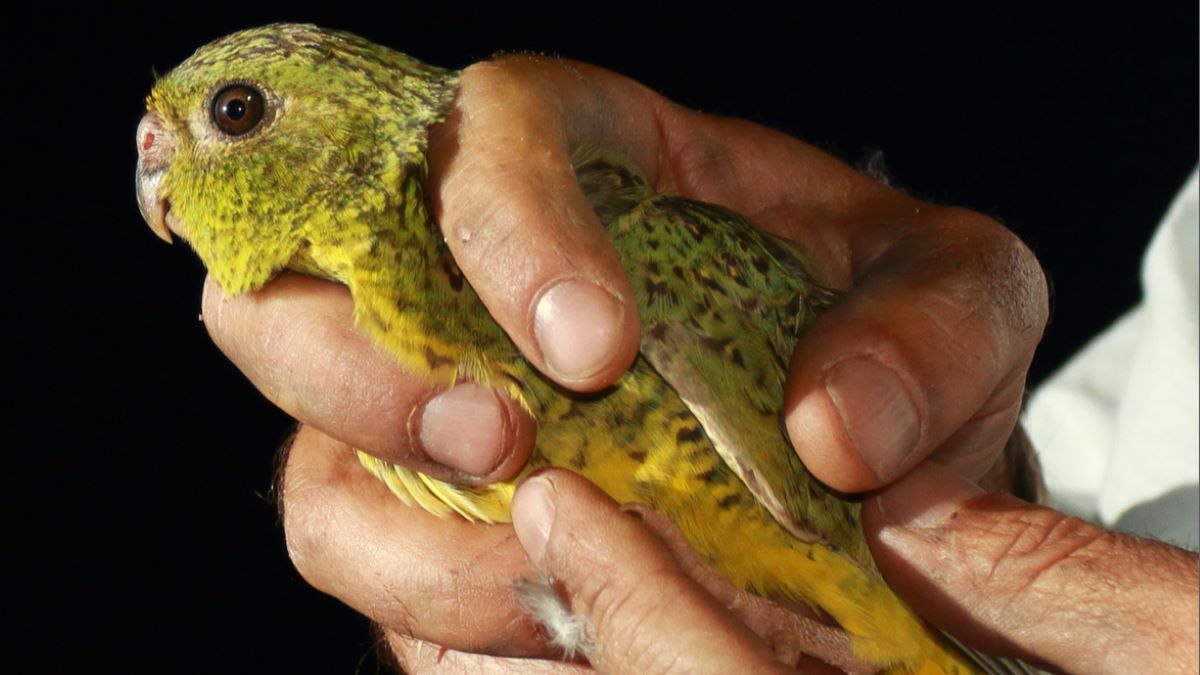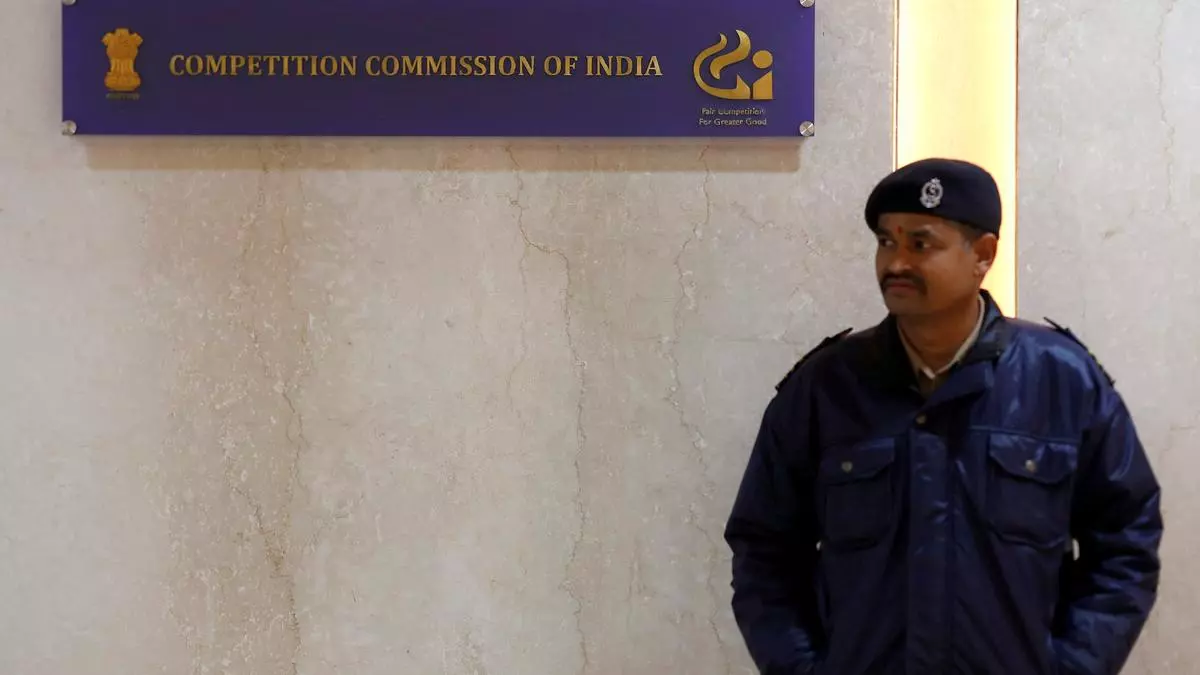Every year, the world discards a staggering 10 billion kilograms of coffee grounds, most of which end up in landfills where they release harmful greenhouse gases such as methane and carbon dioxide. But researchers from RMIT University in Melbourne, Australia, have found a game-changing solution: using leftover coffee grounds to make concrete 30% stronger. This discovery offers a fresh perspective on how everyday waste could contribute to building the cities of the future.
The Surprising Secret to Stronger Concrete
The key lies in a process called pyrolysis, which heats organic materials to over 350°C in an oxygen-deprived environment. The RMIT team, led by engineer Rajeev Roychand, demonstrated that pyrolyzing coffee grounds turns them into a porous, carbon-rich material known as biochar. This biochar is then integrated into cement, forming a stronger and more sustainable concrete.
Notably, when the researchers tried heating the coffee grounds to 500°C, the biochar produced was weaker and less effective, highlighting the importance of precise temperature control. “The disposal of organic waste poses an environmental challenge as it emits large amounts of greenhouse gases…,” explained Roychand, underlining the broader environmental benefits of this approach.
Addressing Global Challenges with Coffee-Infused Concrete
The construction industry faces two significant challenges: managing organic waste and reducing dependence on sand mining. Sand, a critical ingredient in concrete, is being mined from riverbeds at unsustainable rates, causing widespread environmental damage. By substituting a portion of sand with biochar from coffee grounds, this innovation could mitigate these environmental impacts.
Benefits of Coffee-Based Concrete:
- Environmental benefits: Reduces landfill waste and greenhouse gas emissions while conserving natural sand resources.
- Performance enhancement: Improves concrete’s strength by up to 30%.
Additionally, this innovation aligns with global efforts to transition to a circular economy, where waste materials are repurposed instead of discarded.


Future Potential and Ongoing Research
While the results are promising, the RMIT team emphasizes that their research is still in its early stages. They are currently testing the long-term durability of coffee-infused concrete under conditions such as freeze-thaw cycles, water absorption, and abrasion resistance. The team is also exploring the potential of creating biochar from other organic wastes, including wood, food scraps, and agricultural byproducts.
Shannon Kilmartin-Lynch, an engineer involved in the study, stated, “Inspiration for my research, from an Indigenous perspective, involves Caring for Country, ensuring there’s a sustainable life cycle for all materials and avoiding things going into landfill to minimize the impact on the environment.”
A Coffee-Powered Future
This research, published in the Journal of Cleaner Production, highlights how everyday habits like drinking coffee could contribute to more sustainable construction practices. By transforming a common waste product into a valuable building material, scientists at RMIT University are redefining the possibilities of eco-friendly innovation.
The next time you enjoy a cup of coffee, think about its potential not just to energize you, but to energize a more sustainable future.
The research was published in the Journal of Cleaner Production.
Got a reaction? Share your thoughts in the comments
Enjoyed this article? Subscribe to our free newsletter for engaging stories, exclusive content, and the latest news.








Leave a Comment